Assuming your ideal home is a loosening up space with dazzling white walls, gigantic windows, and fresh, clean lines, moderation might be the style that best suits you. With little ornamentation, the thought behind moderation is to make a quiet, cleaned up space that allows you to loosen up following a feverish day and reconnect with nature while partaking in the better things throughout everyday life. Peruse on to figure out how to develop a gorgeously basic moderate home.
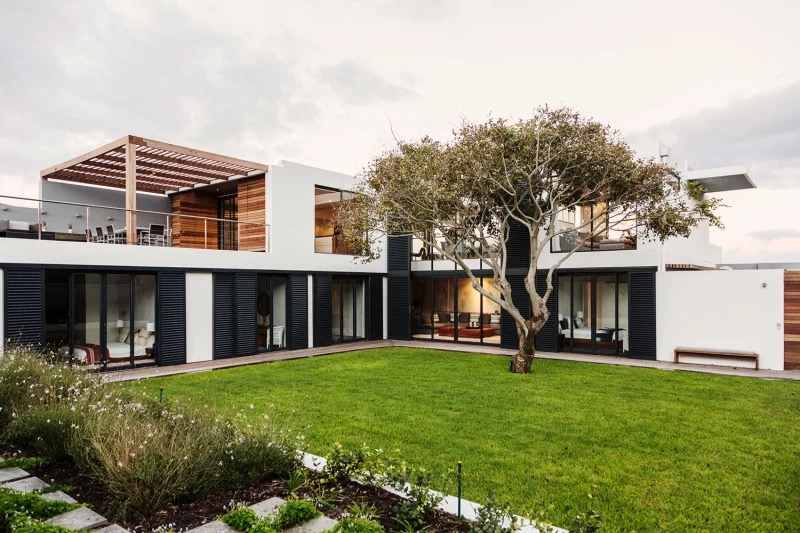
Standards
Moderation initially started during the 1960s as an expansion of the midcentury current style. Midcentury current engineers and planners took decreased ornamentation and basic lines in the two goods and design to its limit. While midcentury present day saw traces of impact from Japanese feel, moderation went much further, completely embracing the way of thinking that straightforwardness is a definitive method for interfacing with nature.
Contemporary moderation has seen a shift toward all-white designs specked with profound dark accents or consolidating regular components like wood and stone. Silicon Valley has embraced tech-driven moderation with fresh white insides, white goods, and, surprisingly, white hardware intended to be a clean canvas that allows inventiveness to bloom.
This thought of straightforward spaces doesn’t mean moderation is sterile. All things being equal, the couple of pieces that truly do embellish a room are much of the time top of the line and outwardly striking. A clean-lined couch becomes craftsmanship when it is one of the main pieces in the room. Furthermore, loosening up on the couch, in an unadorned space, while looking through the window, considers an association with nature to be created. This has for some time been a core value of Japanese plan — making a space that allows nature to be number one. In plan, it’s classified “calm” — a room with no compositional ornamentation and next to zero fine art decreases visual “commotion,” making it simpler to ponder and concentrate your psyche.
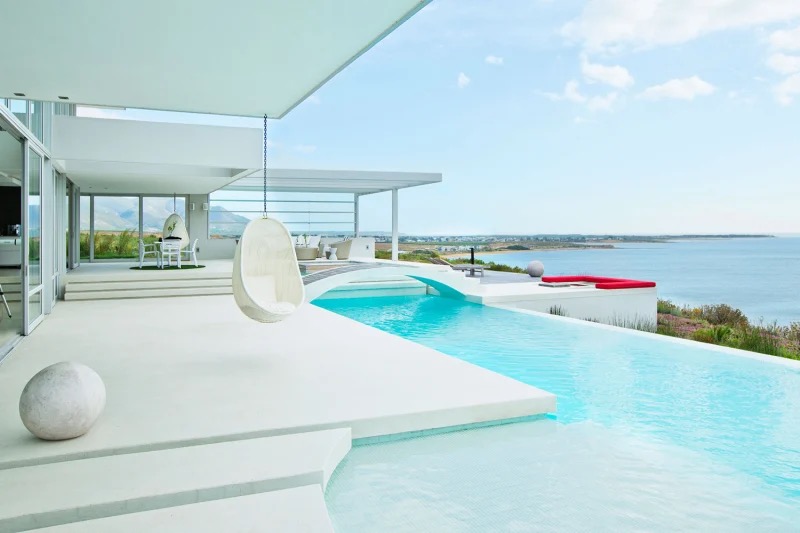
Design
Moderate design isn’t what you could anticipate. The present chatter about straightforwardness might make them picture a fundamental, exhausting box of a house. Yet, that is a long way from the case. Keep in mind, moderation was based on the rear of midcentury current. Vanguard plans were simply becoming an integral factor when moderation previously grabbed hold. So while a few notable plans like the Farnsworth House (a plan that has been designated “pioneer moderation”) are generally white boxes, most obvious moderate houses are outwardly striking from an external perspective.
Radiant white might be the essential tone for the outside of moderate homes, however these homes are frequently highlighted with dark or normal wood components to make visual difference. The square box structure becomes perky when spread out in a special manner or stacked askew. A level roofline goes from essential to energizing when cantilevered out to make an overhang for an open air porch or using an adjustment of materials, like an extraordinary wood pergola.
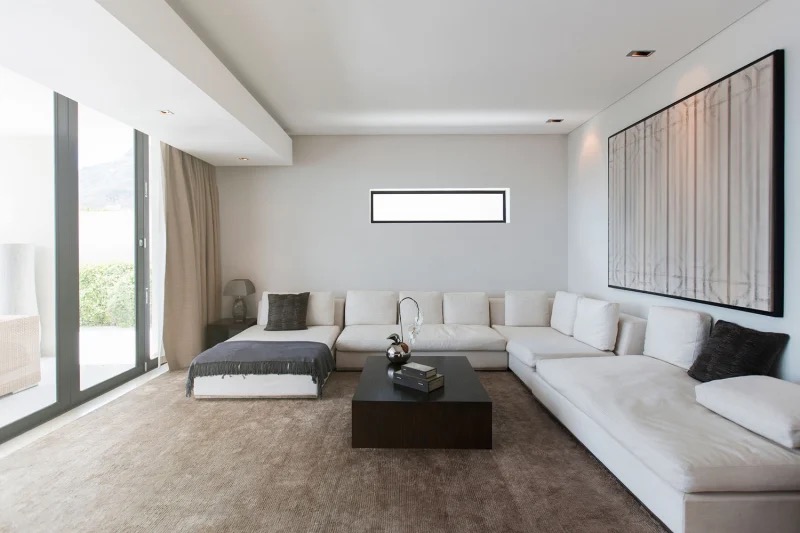
Since an association with nature is a particularly key component of the moderate way of thinking, cautious idea is placed into the outside spaces of the home. Frequently made to feel like an extravagance escape squarely in your own lawn, these open air rooms are impeccably situated to capitalize on anything that view the home brings to the table. There are plainly characterized zones that offer numerous ways of partaking in the outside, including lounge areas, sitting regions, and a space for singular examination, for example, a sunbed or single parlor seat watching out to nature.
Furniture, Colors, Patterns
The ideal moderate home ought to feel peaceful. White is the essential (and now and again just) variety, yet this doesn’t mean spaces feel distinct. All things considered, the white makes a clean canvas foundation that permits your psyche to clean up from your rushed life. Decorations proceed with the subject of straight lines with no ornamentation, yet they are very good quality pieces made for solace and unwinding. You’ll likewise discover a few moderate pieces continue the basic bends from midcentury current plans. Mixing the two styles can carry intriguing visual differentiation to the space and separate the tedium of straight lines.
While a white variety range might sound exhausting, it tends to be refined and rich when matched with the right accents. Attempt a solitary, curiously large part of fine art on the wall over the couch. Emphasize the white walls with colorful wood flooring. Get dark highlight pieces like a glass block complement table or lighting with dark shades. These basic contacts will pop against the radiant white of the remainder of the space, while not making visual mess. In a perfect world, you have a home loaded with monstrous windows that let you look out to nature to loosen up, however on the off chance that not, get a couple of painstakingly chosen pruned plants to add a dash of life to the space.
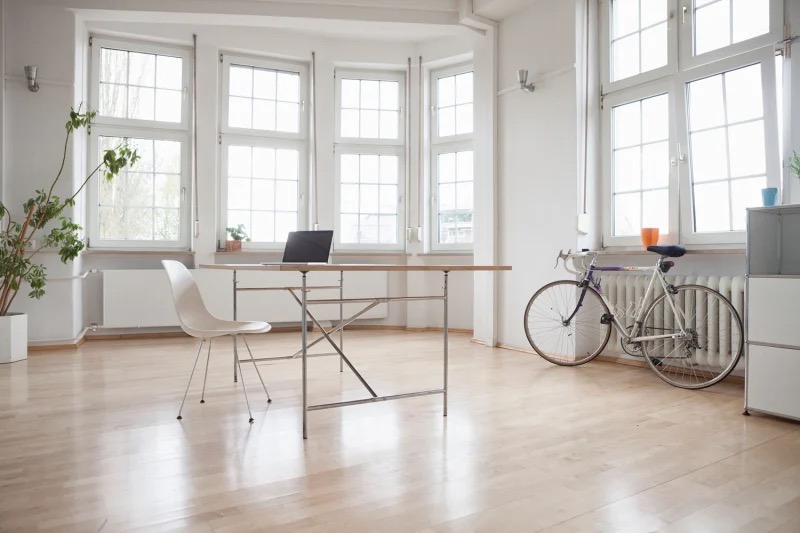
Instead of adding examples to your space, have a go at adding surface. Moderate spaces work best when various surfaces are joined, similar to a cowhide couch, glass foot stool, and a delicate, extravagant region carpet on wood floors. In the event that you need a genuine white-on-void area, these surfaces will add sufficient visual interest to keep the plan feeling rich.
Shockingly, the kitchen is the room that frequently sees some fervor in a moderate home. This is an opportunity to add surface and layers thanks to innovative ledge materials and gleaming machines. An all-white island will pop against a mass of dark cabinetry. Include some straight-line cabinet pulls in finished hardened steel to finish the look and bam, your kitchen just turned into the superstar. However, when you comprehend moderate way of thinking, that checks out. Any remaining rooms in the house are worked for unwinding and clearing your psyche. The kitchen of a moderate home is energizing since feast prep is an opportunity to have a good time and bring explosions of variety into the room thanks to the new foods grown from the ground you’ll cook with.
Notables
Since moderation was an expansion of what started with the midcentury current development, there’s a ton of hybrid between the two styles. Later works by engineers and fashioners like Ludwig Mies van der Rohe and Le Corbusier fall under the moderate umbrella. The whole development can be summarized with Mies van der Rohe’s popular aphorism “toning it down would be ideal.”
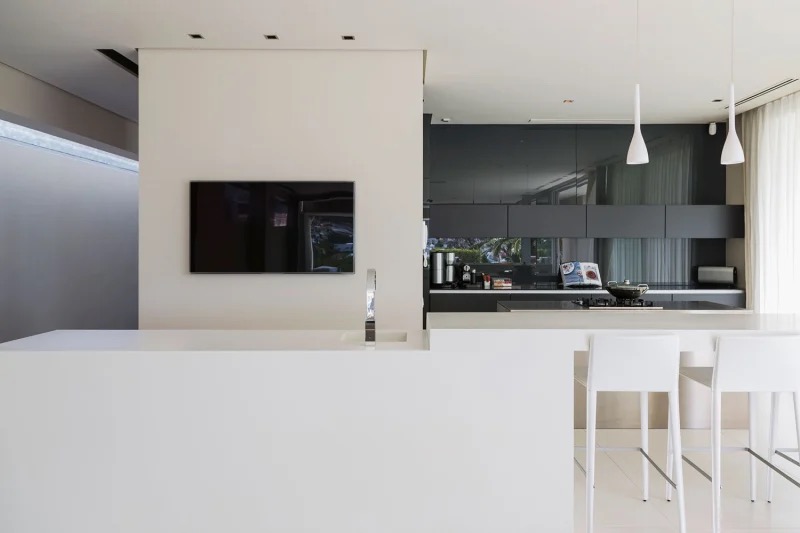
Be that as it may, moderation can’t be discussed without featuring the star of the style, Tadao Ando. He was quick to carry contemporary Japanese engineering into the standard and in doing as such, gave the remainder of the world understanding into exactly the way in which lovely effortlessness can be. He likewise showed us that white isn’t the most important thing in the world of moderate style, frequently integrating light dark cement into his plans. Most importantly, Ando exemplified the possibility that design is an augmentation of nature, which, joined with the “toning it down would be best” proverb, fills in as the establishing rule of the moderate development.